I’ve decided to add a new feature to this blog – I hope you enjoy it! In my mind, tea culture and kimono culture are entwined quite strongly together, so I figured that I could share my love of tea and related items in here on occasion. While I have not ever studied traditional Japanese tea ceremony but I find the preparation and consumption of teas an enjoyable, aesthetic, and relaxing experience.
In this new feature I will be sharing my favourite teapots, teacups, and of course teas. For my first entry, I thought I would show you what is probably my favourite teacup currently in my possession, one that came to me through the kindness of Naomi. If you know me, you know my fondness and fascination for all things cephalopod. When I saw this teacup with its textured tentacle handle and beautiful blue hand-painting, I yearned for it. I coveted it. I neeeeeeded it. Thankfully, Naomi agreed, and managed to procure one and bundle it up in enough bubblewrap to protect it on a cross-continental journey.
It’s even prettier and more amazing in person than I’d anticipated. It’s much larger, it holds a very comforting and hearty serving of tea, coffee, or cocoa. The painting of the ship is incredibly delicate, the handle is amazing to hold, and the body of the cup fits perfectly in my two hands. It’s just a truly wonderful cup.

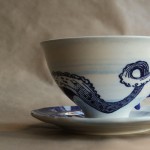
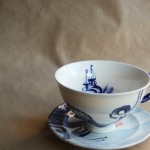
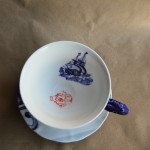
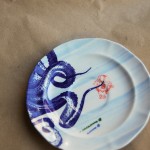











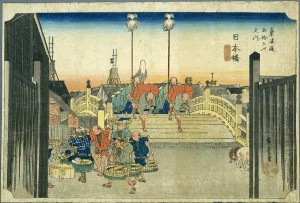

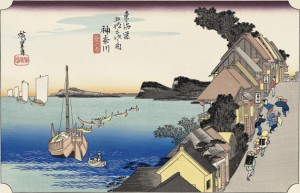



















 Bebe Taian
Bebe Taian CHOKO Blog
CHOKO Blog Gion Kobu
Gion Kobu